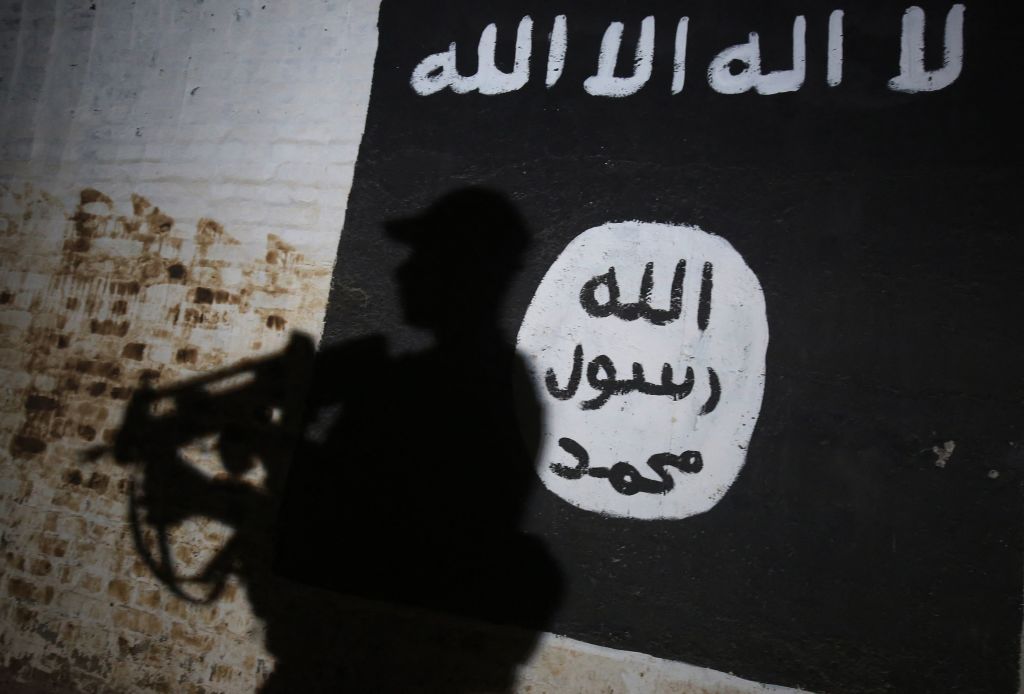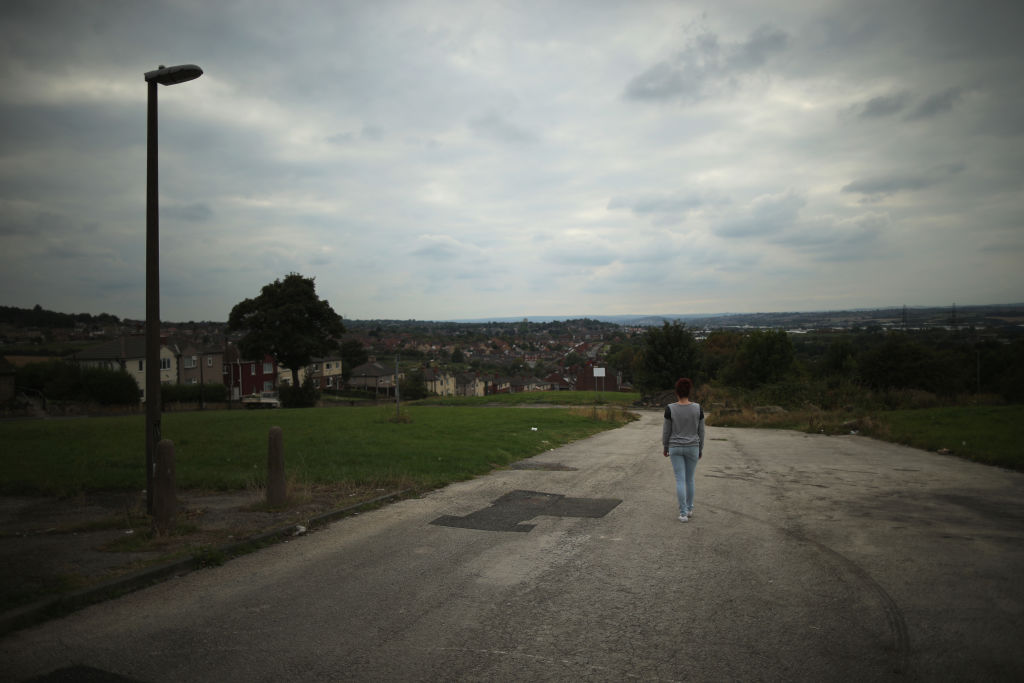The Iranian-dominated Shia arc has collapsed. The keystone to the arc was Bashar al-Assad’s regime and the partnership that his father Hafiz al-Assad forged with the Iranian regime in the 1980s.
That alliance gave Tehran for decades its only state-level Arab ally, one that shares a border with Israel.
It was also critical in enabling supply of Hezbollah and providing forward bases and freedom of movement for Islamic Revolutionary Guard personnel. In return Assad’s Syria gained strategic depth in the form of an Islamic partner and patron.
The survival of Assad’s Syria was a point of strategic convergence between Russia and Tehran. That triangular relationship proved invaluable in 2015. It was the the IRGC-QF Commander Qasim Soleimani who tipped Russia into saving Assad.
But Iran may no longer be the key player in the region. With the disappearance of Assad, any hope Tehran may have had of reviving Hezbollah, battered by Israel to the point of no longer being a strategic asset, all but disappears.
What Hezbollah now becomes within Lebanon is an open and worrying question. But what Hezbollah isn’t any longer is a credible military force at the head of an Axis of Resistance.
Between them, Hai’at Tahrir Al Shams (HTS) and the Israel Defence Force (IDF), two deeply opposing forces, have blunted Hezbollah’s military capability and cut their supply lines.
For good measure, the US brokered cease-fire deal pushes Hezbollah back from their front line with Israel and leaves the IDF free to attack them inside Lebanon. They cannot now act effectively beyond their own borders.
Assad’s fall also deals a heavy blow to the credibility of Russia as an actor in the Eastern Mediterranean and the Arab World.
Putin was prepared, reluctantly, to bear considerable costs in order to save Asad in 2015. Now, with the loss of the naval and air bases which were its reward, Russia militarily ceases to be a presence in the region.
The eviction of Russian and Iranian influence from any country might ordinarily represent an opportunity for others.
But the HTS leader, Ahmed Hussain Al Shar’a, whose adopted name of Abu Mohamed al-Jolani reflects that his family are from the Golan heights, has posed the international community a problem if not a warning in his consistent positioning as a Syrian nationalist and therefore opposed to foreign intervention. His message will find resonance among Syrians for whom the expulsion of the French mandate forces in 1946 was a formative event and a national holiday (Id Al Jela’).
But Syria’s modern history has been dominated by foreign powers seeking influence over either the Assad regime, minorities or militias.
Jolani has been careful to temper his revolutionary zeal by calling for no revenge, no damage to state institutions, the protection of senior officials and even no celebratory firing into the air.
While the last may be unenforceable for a victorious army, the others will be a reasonable indication of his intent and sincerity.
So too will be his ability to construct a functioning coalition with other opposition groups, in particular the predominantly Kurdish Syrian Democratic Forces (SDF) in the East which incorporate other Christian minorities and has been the sworn enemy of Isis.
He must also accommodate the emboldened opposition groups in the South and the proliferation of small groups with local agendas which have been caught up in the momentum of HTS’ advance. Among them, as the jails are emptied, will be many who are reluctant to lay down their weapon.
The large number of Isis members still in Syria will seek to pursue an agenda more extreme than that of HTS. The fate of Isis foreign fighters held in Syrian camps will be of acute concern to western governments, especially the UK.
At its worst, Syria could slide into the violent factionalism of Iraq or Libya. Much will depend on whether external actors intervene to promote their interests. With Iran and Russia evicted, the Gulf cautious and the US about to inaugurate a President opposed to armed intervention overseas, there will be fewer foreign powers intervening to fuel armed factionalism.
The early signs from Trump are that Syria isn’t on his to-do list
Turkey alone may see feel an imperative to intervene. While apparently having no influence over HTS (they claim they had no notice let alone being party to the planning of the latest advances) they have hard-core strategic interests, and an effective protectorate, in the North. They can be expected to take any opportunity further to weaken their enemy in Kurdistan, the PKK.
It remains to be seen whether HTS will stick to its nationalist agenda or be drawn into wider conflict in particular support for Hamas.
It may find its domestic agenda leaves no capacity for foreign adventures but revolutions create their own dynamic.
The early Iranian revolutionary state took a strategic decision to defend itself by exporting its revolution, which created the regional influence it has just lost.
HTS has a leader who is a proscribed terrorist. But Jolani also has credibility as a nationalist and now the prestige of being a successful leader of an armed rebellion. His agenda is, for now, one behind which Syrians, drained by the oppression of Assad and a decade of civil war, can unite.
Whether al-Jolani has the skills and the appetite to play the statesman or chooses to remain the Islamic revolutionary will determine the shape of the new Syrian state. It’s his choice.
If Jolani’s Syria fails and collapses into war-lordism it will be a further regional catastrophe. But if Jolani’s Syria succeeds it will be a problem. An austere Islamist state on the shores of the Mediterranean, led by former members of an Al-Qaeda affiliate, sympathetic to Hamas, and sharing a border with Israel was not in any state’s plan, least of all Israel’s. Trump and Netanyahu may consider it intolerable. But America and Israel may wait to see whether it turns its revolutionary zeal on them before putting it on their target list.
The early signs from Trump are that Syria isn’t on his to-do list. THE UNITED STATES SHOULD HAVE NOTHING TO DO WITH IT. THIS IS NOT OUR FIGHT,’ said Trump on social media yesterday. ‘LET IT PLAY OUT. DO NOT GET INVOLVED!’
HTS have reminded the international community of an important phenomenon. Non-state armed groups tend to have strategic patience. Unlike external actors who move on, they have nowhere else to go.
Isis from whom Jolani split over their terrorist agenda, should not be forgotten. In these fluid times preventing the Islamic Stage resurging might prove an early, common cause between Jolani and a range of sceptical and nervous powers who, for the moment, will be willing him to be better than Assad.
Watch more on SpectatorTV:







Comments